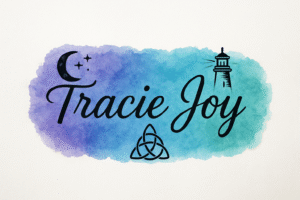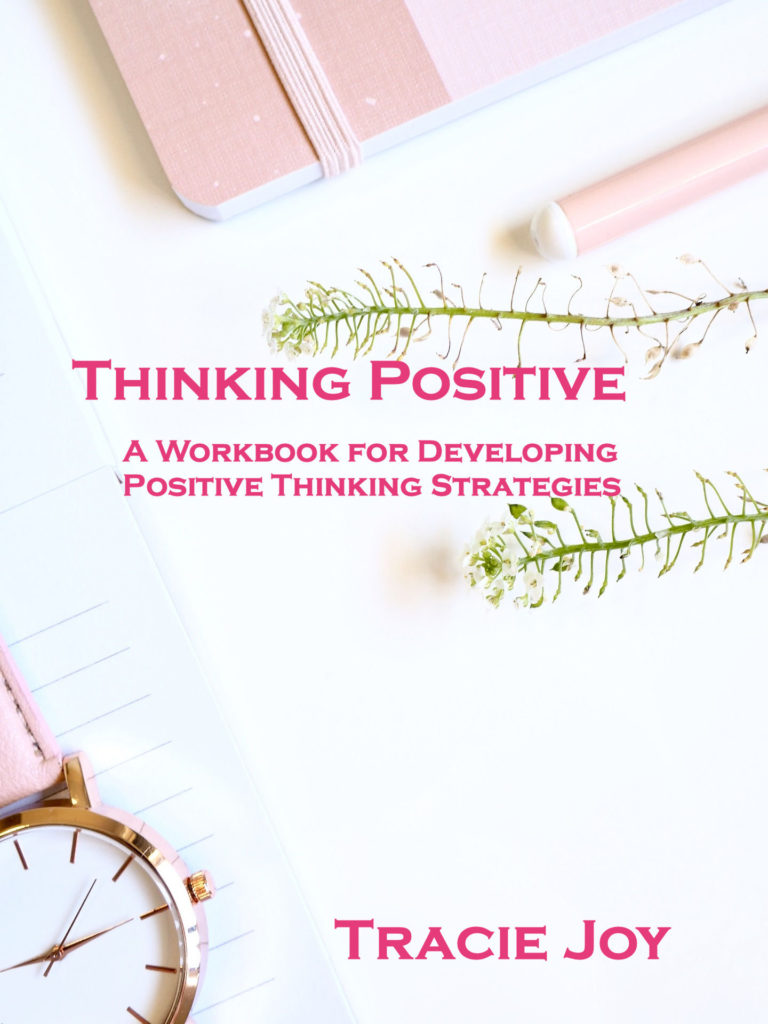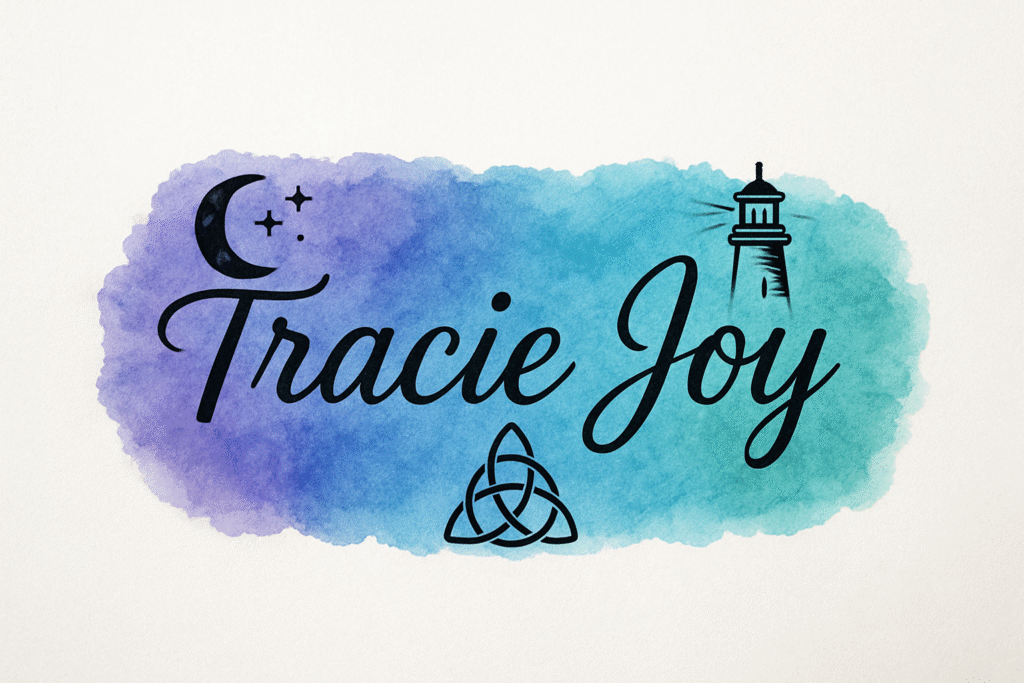How to Build Strong Character Arcs in Fiction
Give your story a heartbeat by aligning inner change with outer stakes.
When readers fall in love with a story, it’s rarely just because of the setting or the shocking plot twist. What truly lingers is the people. Readers remember Elizabeth Bennet’s wit, Harry Potter’s courage, or Katniss Everdeen’s resilience long after they’ve forgotten smaller details. The thread that  ties these characters together is growth—how they change, struggle, and evolve. That’s the essence of a character arc.
ties these characters together is growth—how they change, struggle, and evolve. That’s the essence of a character arc.
Understanding how to build strong character arcs in fiction can transform your stories from merely entertaining to unforgettable. Let’s dig into the mechanics, explore real examples, and give you practical tools to weave arcs into your own work.
What Exactly Is a Character Arc?
A character arc is the internal journey of change a character undergoes across a story. It can be subtle or dramatic, but it must feel meaningful. Without it, even the most exciting plot risks falling flat. Think of arcs as the emotional spine of your story. Plot provides bones; the arc provides flesh and heartbeat.
Types of Character Arcs
- Positive Change Arc — The character starts flawed, misled, or wounded. Through challenges, they face “the lie,” discover the truth, and emerge wiser or stronger. Example: Luke Skywalker in A New Hope.
- Negative Change Arc — The character’s flaws deepen or wounds fester until they spiral downward. Example: Anakin Skywalker in the prequels.
- Flat Arc — The character holds fast to a guiding truth from the start and changes the world or people around them. Example: Atticus Finch in To Kill a Mockingbird.
For a deeper dive into these arc patterns with concrete case studies, browse K.M. Weiland’s breakdowns on Helping Writers Become Authors—it’s a goldmine if you’re mapping how to build strong character arcs in fiction scene-by-scene.
Why Strong Character Arcs Matter
Plot shows us what happens. Arcs show us why it matters.
- Readers crave growth. We long for progress in our own lives, so characters who wrestle with change resonate deeply.
- Arcs drive theme. Exploring redemption, resilience, or ambition? Show it through change.
- Arcs anchor stakes. If the hero doesn’t evolve, battles feel empty. When something is at risk internally, victory or defeat lands harder.
This is why mastering how to build strong character arcs in fiction is a cornerstone of narrative craft.
Building Blocks of a Character Arc
- The Lie the Character Believes. A false belief shaping choices (“I’m unworthy,” “Power equals safety”).
- The Truth They Must Accept. The arc revolves around discovering or rejecting this truth.
- External Conflict as Catalyst. Plot events function as mirrors that test the lie.
- Stakes and Consequences. If resisting truth costs nothing, change won’t matter.
- Resolution. Climax = final choice: truth or lie, growth or regression.
Advanced Arc Strategies
Parallel Arcs
Two characters travel similar roads in opposite directions, one rises while the other falls. The contrast amplifies both. Example: Frodo and Gollum.
Mirroring
Secondary characters mirror your protagonist’s choices, showing what might have happened if the hero chose differently.
Interwoven Subplots
Minor arcs—like a mentor learning vulnerability or a sidekick finding courage, enrich the main arc and make your world feel alive.
For more practical strategies and clear examples that connect craft to execution, Reedsy’s guide to character arcs is an excellent companion resource while you’re refining how to build strong character arcs in fiction.
Step-by-Step: How to Build Strong Character Arcs in Fiction
- Define the Lie and the Truth. Example: Katniss believes survival means isolation (lie). Truth: solidarity and love are strength.
- Align Arc with Structure. Map growth across acts or beats—Act I: resist change; Act II: conflict cracks the lie; Act III: decisive embrace or rejection of truth.
- Design Lie-Targeted Obstacles. Each trial should directly press against the flaw.
- Track Micro-Beats. Hesitations, small regressions, and incremental courage make the final turn believable.
- Check Theme Alignment. Ensure the arc embodies your story’s core idea, not just its events.
Case Studies
- Elizabeth Bennet (Positive Arc): From prejudice to open-mindedness; her evolving perspective literally changes her future.
- Jay Gatsby (Negative Arc): Clinging to an illusion destroys him—tragic resonance through a refused truth.
- Moana (Flat Arc): She believes she’s called beyond the reef from the start; her steadfastness transforms her community.
Each demonstrates how to build strong character arcs in fiction by tying inner transformation to theme and external stakes.
Exercises to Strengthen Arcs
- Arc Timeline: Sketch 3–5 beats of growth. Mark where your character clings to the lie and where they face truth.
- Reverse Arc: Imagine a negative version of your protagonist’s path. What temptations would cause a fall?
- Dialogue Check: Write three conversations, early, middle, end, and let tone and word choice show change.
- Beta Reader Test: Ask, “What lie does this character believe?” If readers can’t identify it, sharpen the arc.
Common Mistakes (and Fixes)
- Abrupt transformations. Fix: Add micro-beats of progress and setback to earn the change.
- Arc disconnected from plot. Fix: Make every major event challenge the lie.
- One-note side characters. Fix: Give key supporting characters small arcs that mirror or contrast the hero.
- No consequences for resisting truth. Fix: Raise personal and relational stakes when the lie “wins.”
Internal Resources for Writers
I’ve written about craft elements that pair beautifully with arcs:
- Balancing Humor and Drama in Fiction — tonal control that strengthens arc beats.
- What to Do When You Have an Amazing Style Idea but You Feel Like Your Writing Is Crap — real-world writer mindset that mirrors a character’s “lie vs. truth.”
FAQ: Quick Answers for Writers
Do all characters need arcs? Main and major side characters should show growth (positive, negative, or flat). Bit players can serve function without changing.
What if my protagonist doesn’t change? That’s a flat arc—your hero’s truth reshapes the world or other characters.
Can arcs repeat in sequels? Yes, but escalate. Don’t reset growth without a story reason.
How do I know if my arc works? If readers feel the emotional payoff, and can name the lie and truth, you’ve nailed it.
Final Thoughts
At its core, learning how to build strong character arcs in fiction is learning how people change. Stories become unforgettable not because of dragons or duels, but because those dragons force characters to confront lies, truths, and choices. Give your characters inner journeys as rich as their outer quests, and readers will follow them anywhere.



